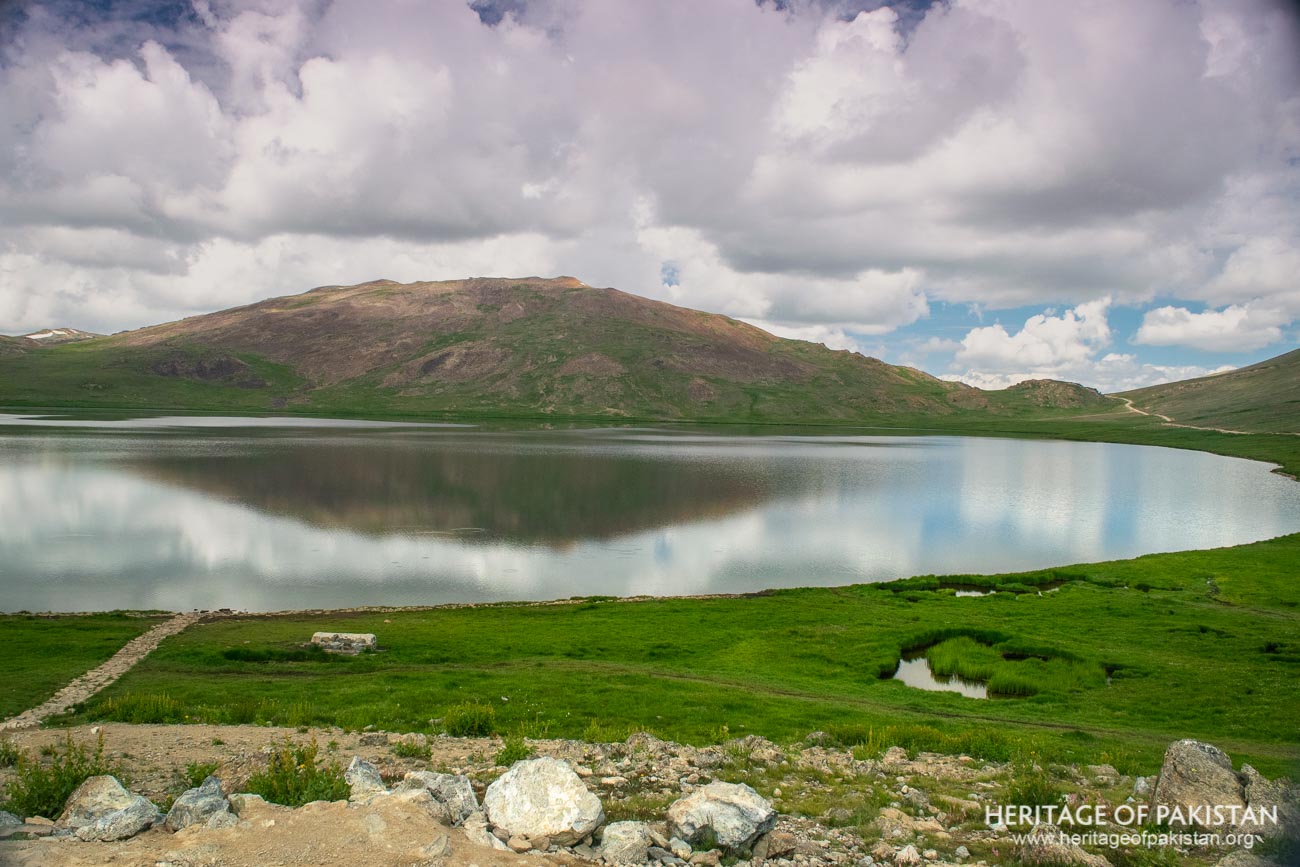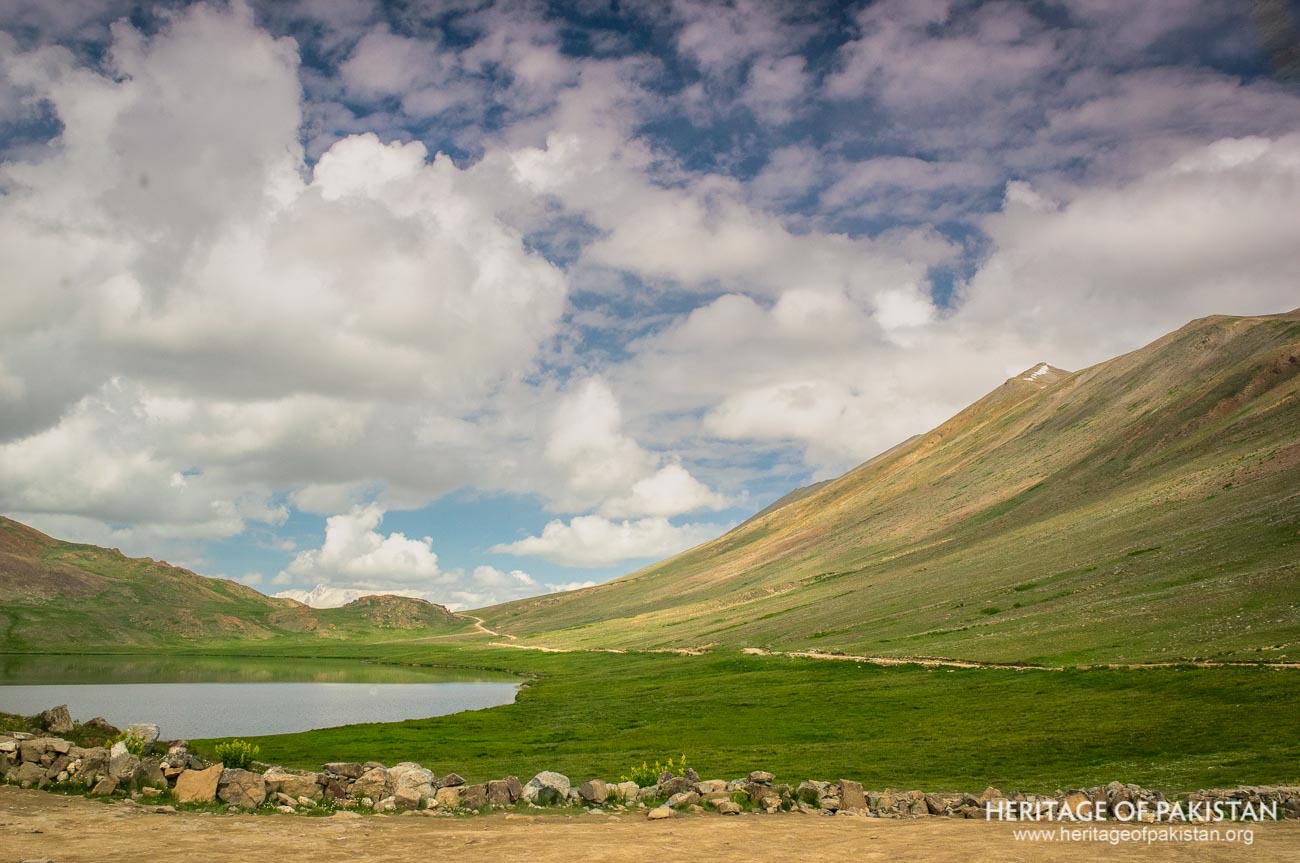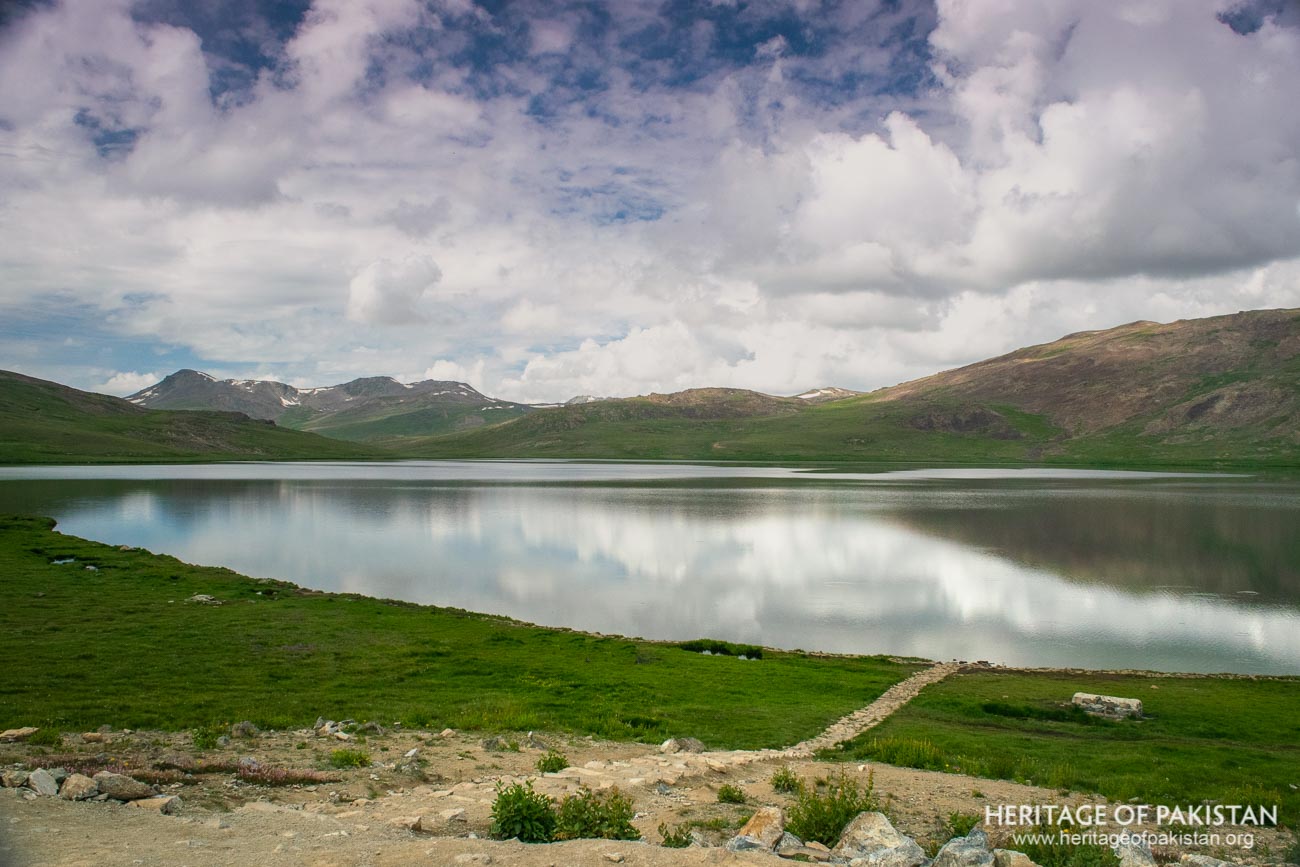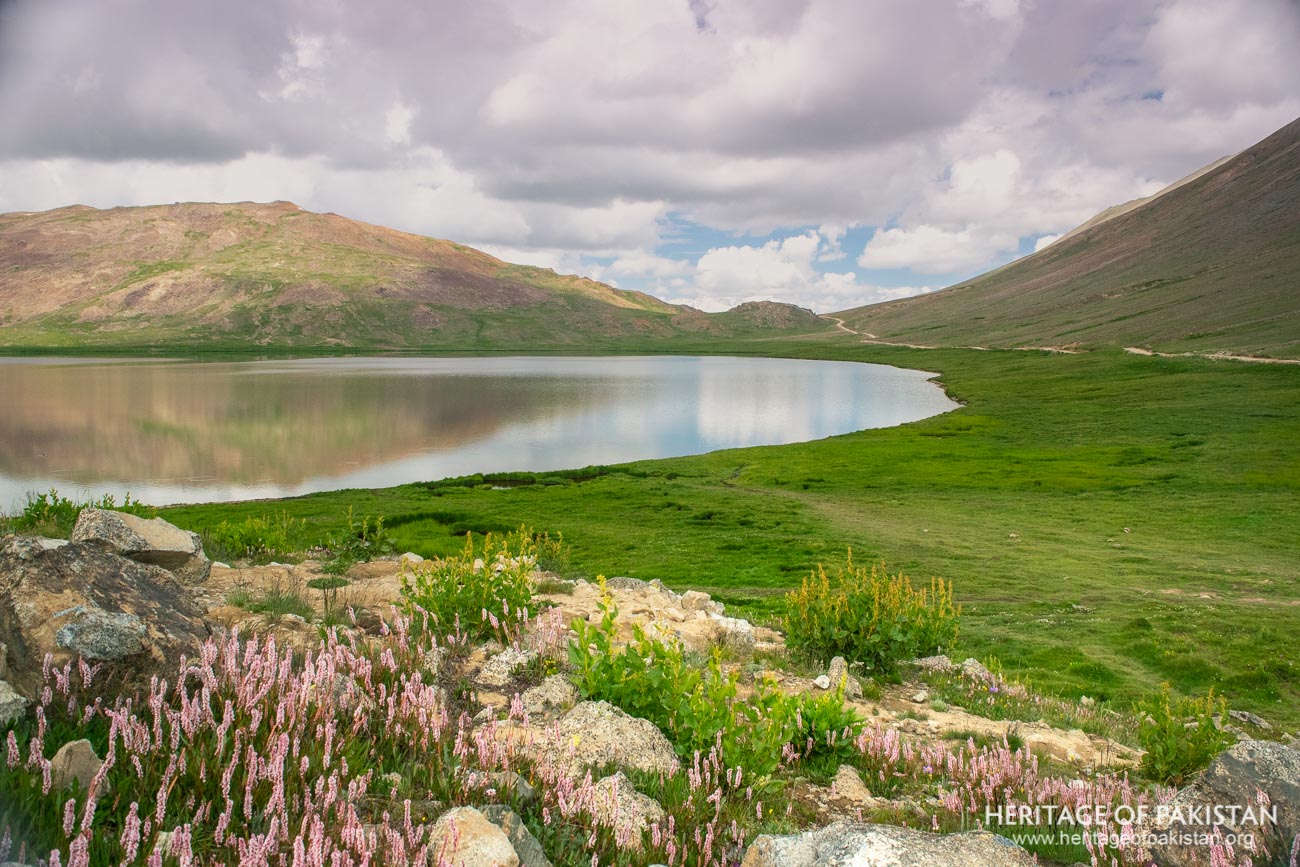Did You Know?
At an elevation of 4142 m, Sheosar Lake is one of the highest lakes in the world
34°59'30.3"N 75°14'18.8"E
![]()
On the UNESCO World Heritage Site Tentative List
At an elevation of 4142 m, Sheosar Lake is one of the highest lakes in the world
The Best Time to Visit Gilgit Baltistan Region is Summers. Preferably from April to September. Winters are Extremely Cold and Snowfall blocks most of access. Hence Winters are not recommended.


Situated at an altitude of 4150m (13615 feet), Sheosar Lake is among the world's highest lakes and serves as the largest water reservoir within Deosai National Park. Positioned at the western extremity of the park, this lake connects Deosai with the Astore Valley. Two primary routes facilitate access to serene lake: a scenic journey via Skardu, encompassing the entirety of Deosai before reaching the lake, and an alternative route from Astore, positioning Sheosar Lake as the introductory landscape to the Deosai .
The geographical location of Deosai National Park at the convergence of two biogeographical provinces - the Himalayan and the Karakorum-Pamir highlands - endows it with remarkable biodiversity. Sheosar Lake, elevated at 4,250m, represents a special type of high-altitude wetland, distinctive to the terrains of the Himalaya, Hindukush, and Karakoram mountains. These wetlands are nourished by the meltwater from the neighboring snow peaks, and give rise to various rivers and streams within the park.

There is a mosaic of large alpine fields and drier, rocky areas. There are also patches of dwarf willows growing along the waterways and other plant species that add to the beauty. The park's plateau is an important region in terms of hydrology because it is where three major river systems originate: Shatung, Bara Pani, and Kala Pani. These systems join to form the Shigar River, which flows into the Indus River.
Sheosar Lake undergoes a significant transformation in the spring because of its extensive surrounding floral bloom. The immense expanse of the lake, in contrast to the surrounding plains, creates a dramatic visual contrast that is a subject of interest for photographic documentation. Camping overnight near Sheosar Lake provides observers with unparalleled views, most notably of the Milky Way during the night. The temperatures, however, can become freezing at night and it is suggested to camp at the available facilities at Bara Pani.
In the Shina language, "Sheosar" translates to "blind lake" because its principal water source seems concealed. However, it's believed that subterranean springs and glacial runoff significantly replenish the lake's water content.

Sheosar Lake, positioned at an altitude of 4,150m (13,615 feet), stands as a remarkable example of the high-altitude freshwater reservoirs prevalent in the larger region. Serving as the primary water reservoir in Deosai, the lake spans approximately 1.33 square kilometers and represents one among several in the park. Sheosar is notably the largest, with other notable lakes positioned in the Burgi La area.
Drawing from field observations and data provided by the Ramsar Bureau, it is evident that Deosai embodies a significant wetland ecosystem. This includes but is not limited to glacial lakes, peat bogs, marshes, permanent and seasonal streams, riverbank wetlands, snowmelt ponds, seasonal pools, and wet meadows. Among the park's invaluable aquatic assets are its wetlands, streams, and peatlands – all integral components of the broader wetland ecosystem. Fundamentally, wetlands are terrestrial zones, either perennially submerged or frequently saturated by water. This moisture primarily originates from aquifers, springs, or proximate water bodies such as rivers or lakes. Together, Deosai and Sheosar Lake rank among the world's highest-elevation freshwater wetlands.
Geographically, both Sheosar Lake and the broader Deosai National Park are located in the Western Himalayas, positioned to the east of the mighty Nanga Parbat, colloquially termed the "Killer Mountain".
The water quality of Sheosar is clear and subject to cyclical changes. During winter, the lake's water crystallizes, forming a frozen upper layer. The water level changes because of the yearly ebb and flow. In the winter, the water level drops, and in the summer, it rises again when the glaciers melt.

Deosai National Park is characterized by its rich biodiversity, closely connected with the wetland ecosystems that pervade the larger plateau. These wetlands provide essential habitats for an extensive variety of avian species, both resident and migratory. Comprehensive studies conducted by the Pakistan Wildlife Foundation (PWF) have recorded the presence of 45 distinct bird species within the confines of Sheosar Lake. When considering the park in its entirety, the avian count surpasses 130 species, many of which utilize the wetlands for activities ranging from feeding and breeding to wintering and transitory halts during migratory periods.
The intrinsic relationship between the biodiversity of Deosai and its wetlands is of paramount significance. A vast majority of the species that inhabit the plateau, whether flora or fauna, are either directly or indirectly reliant upon the ecological services these wetlands provide. The Deosai brown bear is a good example of an animal that lives on the food that these wetlands provide to stay alive. As a result, the degradation or extinction of these wetlands would have irreversible consequences for the plateau's current biodiversity, potentially reducing it.
In addition to bird species, the freshwater ecosystems of the Deosai plateau serve as sanctuaries for various fish species. Noteworthy among them are the high-altitude loach (Triplophysa stoliczkae), the Slate-colored snow-trout (Diptychus maculatus), and the Fleshy-mouthed snow-trout (Ptychbarbus conirostris), with the Slate-colored snow trout being predominant in the region. The protection of these ichthyological assets, especially from illegal fishing activities, demands continuous monitoring and rigorous management by park authorities. There are ongoing efforts to have Deosai's wetlands recognized as a RAMSAR site, emphasizing their global ecological importance.


Discover the Sheosar Lake image gallery and immerse yourself in photographs

All Photographs by Syed Noor Hussain and Sania Azhar.
All Rights Reserved. Photos may be used for Non-Commercial, Educational, Artistic, Research, Non-Profit & Academic purposes.
Commercial uses require licensing agreement.


Add a review